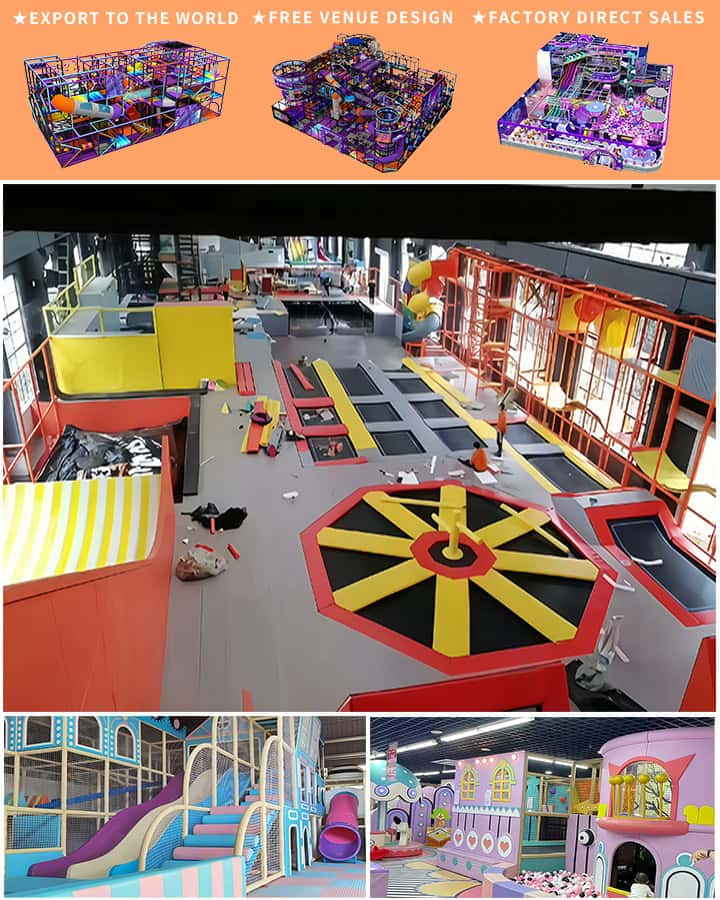Indoor playgrounds are a sanctuary where children can explore, play, and develop crucial physical and cognitive skills. These vibrant spaces offer endless entertainment, making them a popular choice for parents looking to engage their toddlers and kids in safe, educational fun. This ultimate guide will walk you through the essential steps and considerations for creating an indoor playground that is both enjoyable and beneficial for young children.
Why Create an Indoor Playground?
An indoor playground provides numerous benefits for toddlers and kids:
- Physical Development: Climbing, sliding, and balancing activities promote muscle development, coordination, and overall physical fitness.
- Cognitive Skills: Interactive games and puzzles enhance problem-solving abilities and creativity.
- Social Interaction: Playing with other children helps toddlers and kids develop communication skills, teamwork, and empathy.
- Safety: Controlled environments allow parents to ensure their children’s safety while they play.
Key Components of an Indoor Playground
- Climbers and Forts:
- Climbing Walls and Ramps: These structures encourage physical activity and improve motor skills.
- Play Forts: Small, enclosed areas that stimulate imaginative play and social interaction.

- Slides:
- Various slide angles and lengths cater to different age groups, offering thrilling yet safe experiences.
- Trampolines:
- Safety First: Ensure trampolines have proper safety nets and padded edges to prevent injuries.
- Bounce Houses: Soft, inflatable areas that provide fun without the risk of hard falls.
- Interactive Toys and Games:
- Educational Toys: Building blocks, puzzles, and interactive games that promote learning and creativity.
- Role-Playing Areas: Dress-up stations and mini kitchens where kids can mimic real-life scenarios.
- Soft Play Areas:
- Filled with foam mats or soft balls, these zones are perfect for younger toddlers who need a gentler environment.
Safety Measures and Considerations
Creating a safe indoor playground involves several critical factors:
- Material Quality: Choose non-toxic, durable materials that can withstand wear and tear.
- Supervision: Always ensure adequate adult supervision to monitor playtime and intervene if necessary.
- Cleanliness: Regularly clean and disinfect toys and surfaces to maintain hygiene.
- Accessibility: Design the playground so it is easily accessible for children of all abilities, including those with physical disabilities.
Tips for Parents
- Age-Appropriate Activities: Tailor the playground equipment to suit different age groups to ensure everyone has fun and stays safe.
- Rotate Toys and Equipment: Keeping the setup fresh with new items can help maintain interest and excitement.
- Scheduled Playtimes: Organize structured play sessions to avoid overstimulation and ensure children get breaks when needed.
- Engage with Your Child: Actively participate in playtime to bond with your child and guide their development positively.
Conclusion
Creating an indoor playground for toddlers and kids is an investment in their physical health, cognitive development, and social skills. By carefully selecting appropriate components and maintaining a safe environment, you can create a haven where children thrive, learn, and have endless fun. With thoughtful planning and dedication, your indoor playground will become a cherished space for countless joyful memories and growth.




